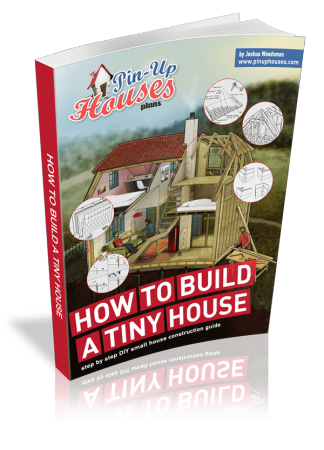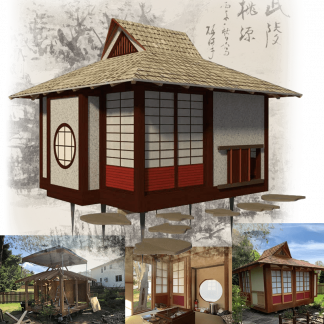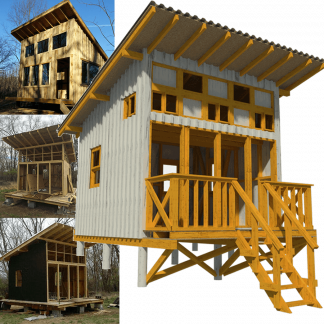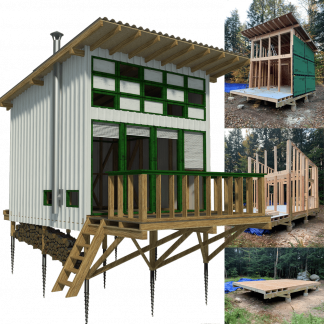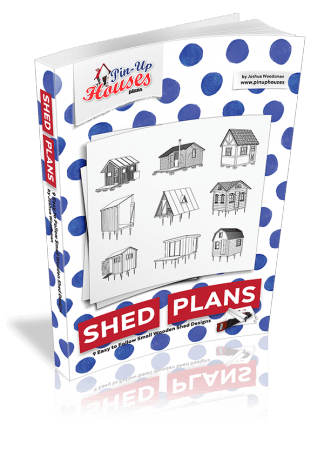As summer’s long, warm days give way to Aurora’s crisp autumn air, it’s the perfect time to prepare your garden for the next season. With the city’s semi-arid climate and average first frost often arriving in mid-October, a smooth transition can keep your garden productive and beautiful well into fall. Here’s how to make it happen.
1. Harvest and Assess Your Late-Summer Garden
Before swapping out plants, take stock of your garden’s current state. Harvest ripe vegetables like tomatoes and peppers, and check which crops are still thriving versus those on the decline. Removing spent plants prevents pests and disease and clears space for cool-weather crops. Compost healthy plant debris, but dispose of any diseased materials to avoid contaminating your soil.
2. Prepare the Soil for Fall Planting
Aurora’s clay-heavy soil benefits from a boost before replanting. Enrich your beds with compost, bone meal, or fish emulsion to replenish nutrients depleted over summer. Loosen compacted areas to improve drainage, a key step since early fall storms can quickly oversaturate dense soil. Plant on a cloudy day or late afternoon to reduce transplant shock for best results.
Mulching with straw, shredded leaves, or grass clippings helps regulate temperature, suppress weeds, and keep soil moist as the season cools.
3. Plant Cool-Season Vegetables and Fall Blooms
Once your soil is ready, swap out warm-weather plants for Aurora-friendly cool-season varieties. Leafy greens like kale, spinach, and lettuce thrive in the cooler days and can survive light frosts. Root crops such as carrots, beets, and radishes are perfect for September planting. Add fall-blooming flowers like mums, asters, and ornamental cabbages for visual appeal. Embracing warm autumn colors, deep reds, oranges, and yellows to create a cozy, seasonal garden.
4. Adjust Watering, Protect from Frost, and Add Seasonal Touches
As temperatures drop and days shorten, reduce watering frequency but ensure the soil never fully dries out. Water early in the morning so plants can absorb moisture before nighttime chills. In Aurora, frost can strike suddenly, so keep frost cloths handy and move container plants indoors when nighttime temperatures dip near 45°F. To celebrate the season, add simple fall décor, pumpkins, gourds, or scarecrows, to make your garden as inviting as it is productive.
5. How a Real Estate Agent in Aurora Can Help With New Construction
If you’re planning a bigger transformation, like building a new home with a custom garden space, partnering with a knowledgeable estate agent in Aurora can make all the difference. Local agents can connect you with trusted builders, ensure your outdoor plans fit your property’s orientation, and even provide a free home appraisal to help you budget. A Comparative Market Analysis from a top local agent offers accurate, market-informed insights that online tools can’t match. And if you’re ready to move, remember we buy houses in Aurora, making it possible to sell quickly and start fresh with a property that meets your gardening goals.
Final Tip: Transitioning your garden from summer to fall is an opportunity to refresh, reimagine, and extend your harvest. With thoughtful planning, nutrient-rich soil, and protection against early frosts, your outdoor space can stay vibrant well past the first cold snap, making the most of every season in beautiful Aurora.


